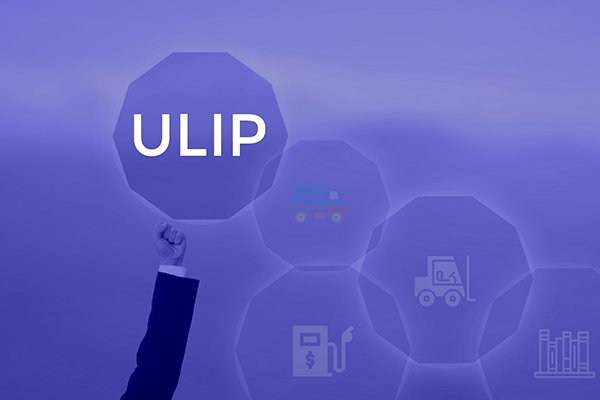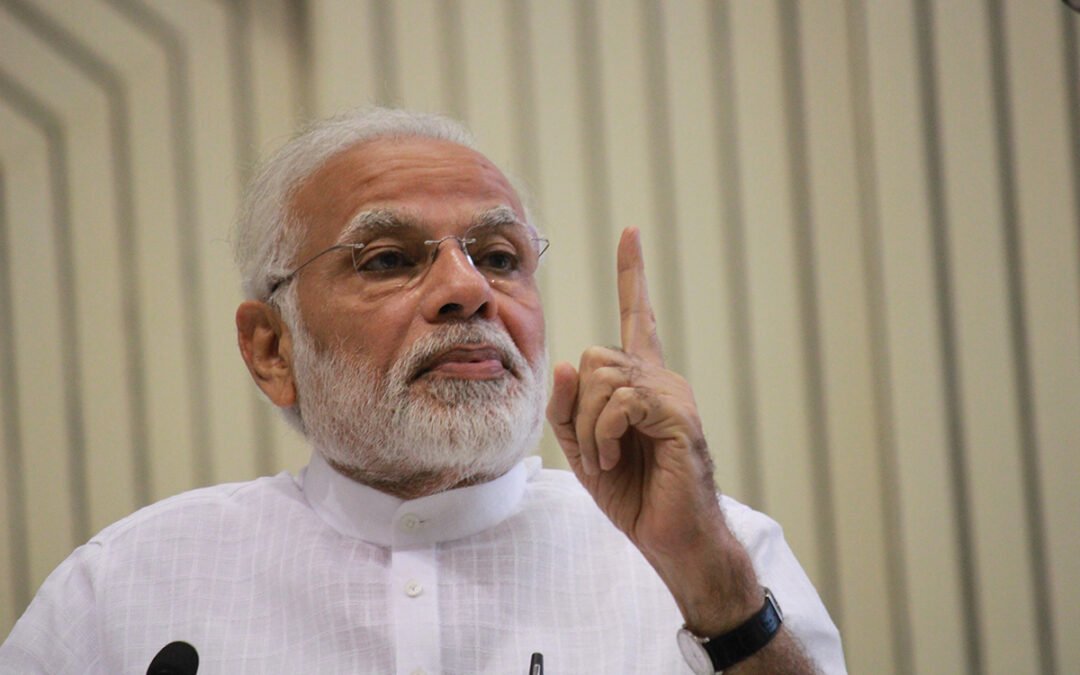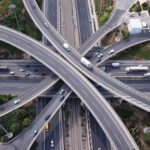Spending on transportation infrastructure, such as roads and railroads, has been emphasised and maintained with unusual consistency by the current governments. Out of the total capex (capital expenditure) budget of Rs 10 trillion, the ministry of roads and highways will receive Rs 2.58 trillion in capex and the Indian Railways would receive Rs 2.4 trillion in capex for the 24th financial year. That is, in the financial year (FY) 24, the two ministries of roads and railroads received around 50% of the capex. These two industries have seen an extraordinary increase in the number of capital expenditures allocated to them since 2014.

Industries have seen an extraordinary increase in the number of capital expenditures allocated to them since 2014
Consider the railroads first, in comparison to the UPA’s average annual spending of Rs 45,980 crore from 2009 to 2014, Modi 1.0 spent Rs 99,178 cr. The Modi administration has spent over Rs 15 trillion over the past ten years, with annual increases much above WPI (Wholesale Price Index) inflation. As a result, the total length of the running track climbed from 90,800 km in 2014–2015 to 1,01 lakh km in 2020–21, and the length of the electrified running track increased from 41,000 km to 75,000 km. It is clear that the result has improved rail infrastructure. The passenger traffic on Indian railways decreased, going from 1147 billion PKM in 2014–2015 to 590 billion PKM in 2021–2022.
The Indian Railways, which has been subsidising its traffic by roughly 50% on average, should have benefited from the decline in passenger traffic, both suburban and non-suburban, as this should have improved its financial situation. Nonetheless, with a CAGR of 3.57%, the revenue-generating railway freight traffic rose from 682 billion TKM in 2014-2015 to 872 billion TKM the year before. The Indian Railways should have taken advantage of the opportunity to greatly increase its freight traffic when the rails were released from the operation of the Indian Railways’ lesser passenger service trains.

The goal of this massive expenditure is to reduce logistics costs
The economic study of 2023 acknowledges that, in comparison to the 8% global benchmark, logistics expenses in India have historically ranged between 14 and 18 per cent of GDP. Electricity is far less expensive than gasoline and diesel, hence the adoption of electric cars for both passenger and freight transportation may reduce operational costs. The four stages of input, output, processes, and outcome exist in every financial model, though. The first three phases of the massive government investment in rail and road infrastructure have been successful. The goal of this massive expenditure is to reduce logistics costs.
Over 23 ministries and departments are a part of the PM GatiShakti programme, which was started with the aim of seamlessly integrating the transportation of commodities at a cheaper cost and faster. The synergies across several departments of the federal and state governments that the GatiShakti programme was intended to foster do not appear to have materialised. Lower logistics costs would first slow the rise in WPI and then the CPI. It is just as important to use infrastructure effectively as it is to develop physical infrastructure



















